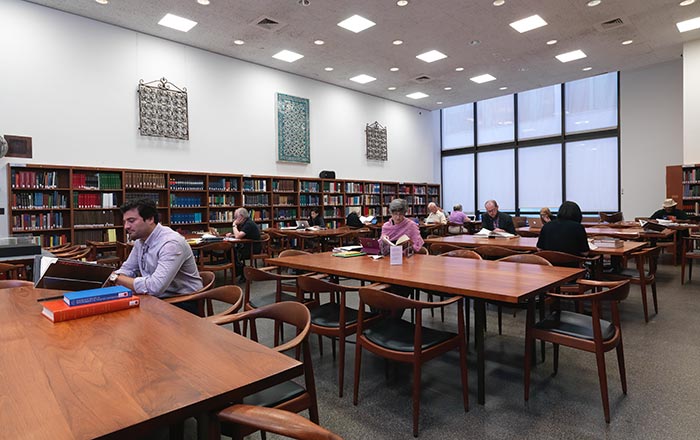Bononiensis de architectura libri quinque quibus cuncta fere architectonicae facultatis mysteria docte, perspicue . . .
Author Sebastiano Serlio Italian
Not on view
Although Serlio began his career as a painter, he became famous as an architect and architectural theorist. After working in architecture in Rome and Venice, he moved to France and the court at Fontainebleau. Serlio wedded his training in classical architecture to the decorative elements common to the Mannerists working at the time to create his own successful idiom. He intended his architectural treatises to be instructive not only to the intelligensia but also to provide a workbook for contemporary craftsmen. Unlike many of the books of architecture of his day, in which the text was the most important element, his illustrations convey the gist of his message. Written in Latin and relying heavily on illustrations, this work was intended to reach an audience beyond Serlio's native Italy. Indeed, his books were largely responsible for the spread of Renaissance architectural principles throughout Europe. While his starting point was Vitruvius's "Ten Books on Architecture," Serlio brought in contemporary elements that found a wide audience and had a profound effect on contemporary architecture, particularly in northern Europe.
Illustrated: book 4, p. 323, Corinthian facade
Due to rights restrictions, this image cannot be enlarged, viewed at full screen, or downloaded.

